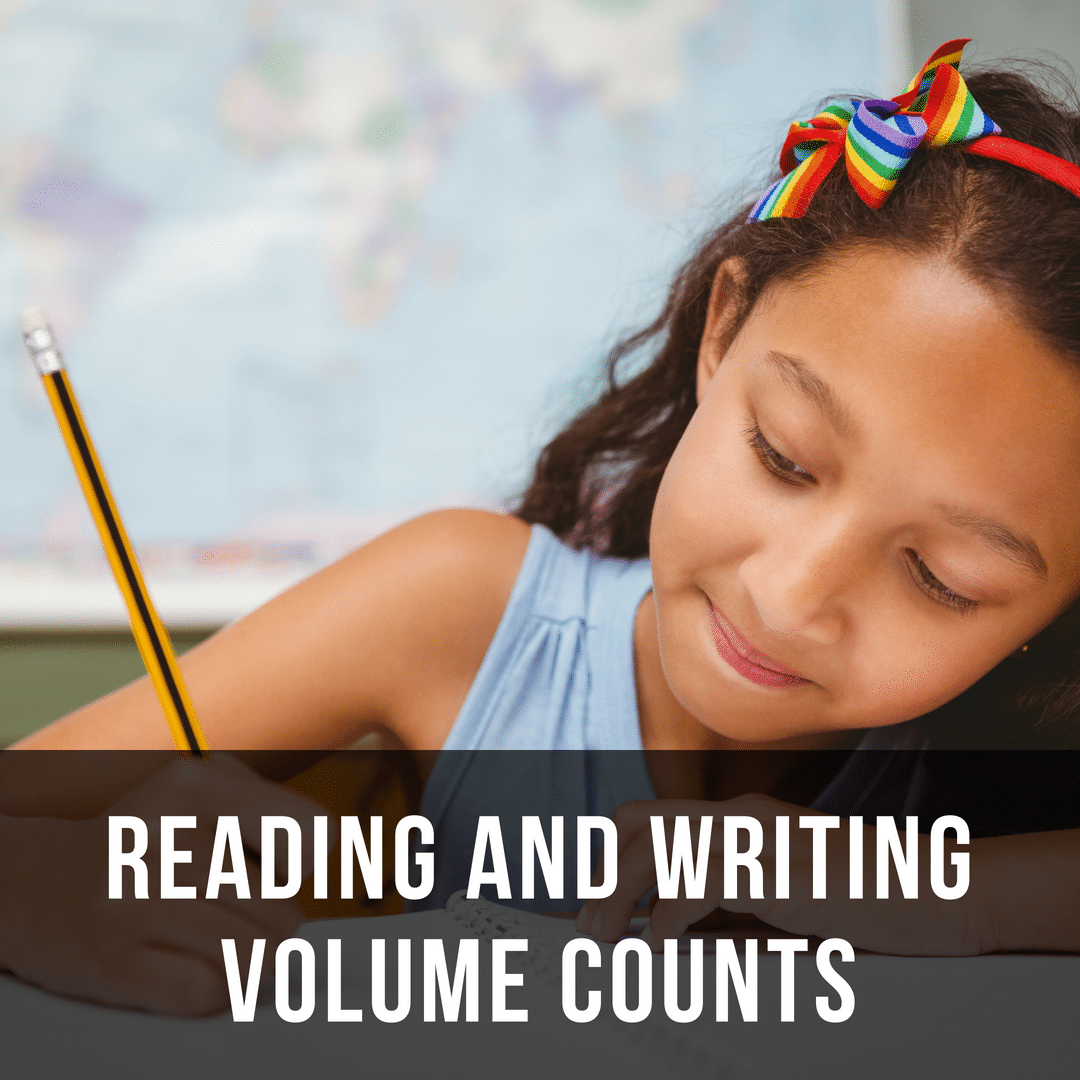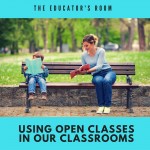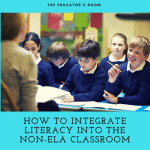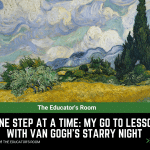Volume is its own goal. The more we read and write, the better we read and write. That doesn’t mean volume alone leads to excellence. It doesn’t. But progress without volume is almost impossible.
Last winter, I was privileged to attend the regional ELA teacher’s conference in Missouri called Write to Learn. Two of the speakers reaffirmed what I believe about volume and provided some practical strategies for achieving more volume in secondary ELA classrooms.
One of those speakers was the influential educational researcher, Nancy Frey. With her research partner, Douglas Fisher, she has published numerous articles and several books about effective literacy instruction. I got to spend a whole day with her.
Here is the single biggest takeaway: students can, and should, write more. I know this, I think we all do. The question, of course, is how. Nancy presented some simple, but powerful potential ideas.
[bctt tweet=”Students can, and should, write more.” username=””]
She reminded us that everything counts. That exit slip asking students to summarize the day’s learning? It counts. Notes students took during that video? It counts. Brainstorming for an upcoming short story? It counts. Responding to questions about a text? It counts. Annotating a text to enhance understanding? That counts too. Her point is that anytime students purposefully put words together on paper (or screen as the modern case may be), they are writing. And we can help them sharpen that purpose to greater effect.
Her point is well-taken. The goal she set for her middle school students is 5,000 words a week. She doesn’t limit her count to her ELA classroom either. Everything counts. Our mindset about the writing we ask students to do may need more adjustment than anything else. If we think about every written word as “writing” then we have exponentially more opportunities to provide writing instruction in bite-sized increments.
The other speaker was Kelly Ghallager. He makes similar points about reading. I’ve heard him speak before and I’ve read virtually everything he’s ever published.
His website http://www.kellygallagher.org/ is an incredible resource. He explains that providing students autonomy to read and meeting with them regularly is key to reading volume.
As a high school teacher, it is easy for me to question how on earth there can be time for free reading in a typical high school English class.
He laid it out like this: he starts class each day with 10-15 minutes of silent reading. Sometimes students are reading a novel students have independently selected. Other times, students are reading material assigned for class such as articles, short stories, or novels.
During that reading time, he meets individually with 2-3 students. He asks them to tell him how much they are reading, what they are reading, and what they think about their reading. As he meets with them, he takes notes in a spiral bound notebook. Each student gets their own page. Doing this allows him to recall the details of a student’s reading history in his class and demonstrates to the student that these conversations matter.
His point is well-taken. If we want students to read critically, to read for pleasure, to read consistently, we must create the systems that support them. He doesn’t limit reading to school texts that he has deemed worthy. Nor does he allow voracious, aimless reading. Students are challenged to read a variety of materials for a variety of purposes. To improve their skills, he models how, what, when, and why to read.
In both cases, the strategies are simple. Almost laughably simple. In both cases, our mindset of what counts and how to prioritize volume is the most important take away. Reading and writing volume are a key component of learning.
Volume outweighs specific standards or instructional strategies. It is more impactful than graphic organizers or annotations. While modeling is an essential component, it is the opportunity for extended, varied, and constant practice that improves student ability.






